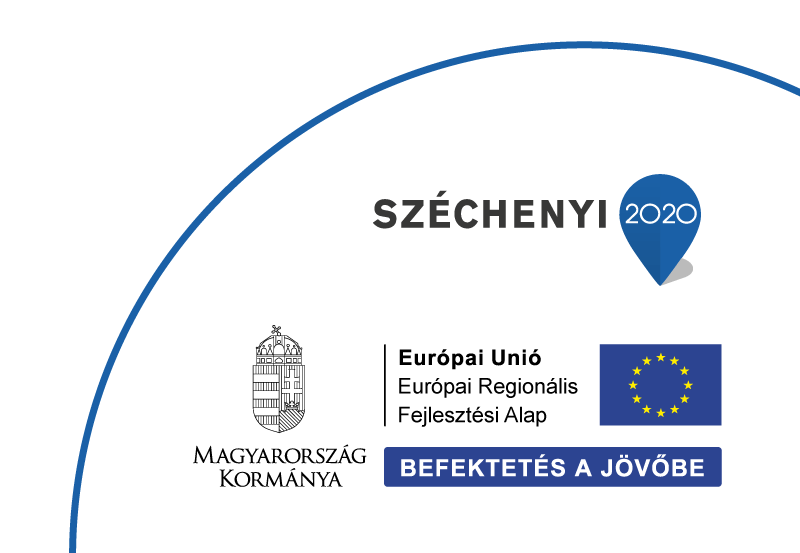
Chemical processes in the atmosphere
Chemical processes in the atmosphere
![]() |
Tárgyfelelős |
Dr. Elemér László |
| Szint |
MSc |
| Szak |
Meteorológus |
Csatolt dokumentumok
 |
| Cím | Identification of Potential Methane Source Regions in Europe Using δ13CCH4 Measurements and Trajectory Modeling |
| Letöltés | Letöltés |
The methane emissions from the Hungarian Pannonian Basin are not well qualified, due to a lack of measurements of CH4 mole fraction and δ13CCH4 in the air. This study reports methane measurements in air samples from Hungary, placing them in the context of regional and global background data, to investigate the inputs to the methane burden in Central Europe. CH4 mole fraction and δ13CCH4 from the Hungarian tall tower station, Hegyhátsál, and additional data from Mace Head (Ireland) and Zeppelin (Svalbard) are used with back trajectory modeling to identify central European source areas and their seasonal variation between the summer vegetation and winter heating periods. Methane measurements in air masses sampled in the European interior, have significantly higher maxima and seasonal amplitudes than at the Mace Head and Zeppelin European background sites. The mean CH4 mole fraction value is about 80 ppb higher than the comparable marine background, and values above 2,000 ppb were frequently observed between February 2013 and December 2015. The mean δ13CCH4 value −47.5 ± 0.3‰ (2σ) was comparable to values at all three monitoring sites, but specific pollution events were detected at Hegyhátsál. Concentration weighted trajectory modeling, meteorological parameters, stable carbon isotopic composition (δ13CCH4), and Miller-Tans analysis show that the main factors influencing CH4 at the Hegyhátsál, apart from diurnal and seasonal changes in the planetary boundary layer, are emissions from residential heating and industrial CH4 emissions during the winter.
|

 Magyar
Magyar
